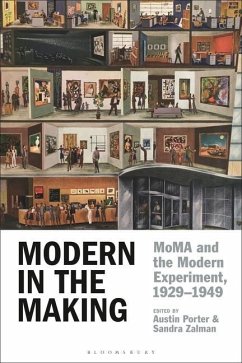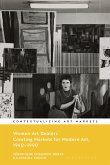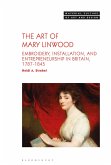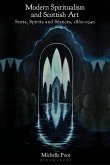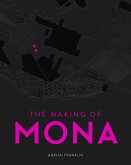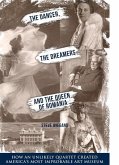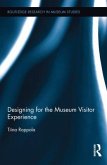Today the Museum of Modern Art is widely recognized for establishing the canon of modern art; yet in its early years, the museum considered modern art part of a still unfolding experiment in contemporary visual production. By bracketing MoMA's early history from its later reputation, this book explores the ways the Museum acted as a laboratory to set an ambitious agenda for the exhibition of a multidisciplinary idea of modern art. Between its founding in 1929 and its 20th anniversary in 1949, MoMA created the first museum departments of architecture and design, film, and photography in the country, marshaled modern art as a political tool, and brought consumer culture into a versatile yet institutional context. Encompassing 14 essays that investigate the diversity of modern art, this volume demonstrates how MoMA's programming shaped a version of modern art that was not elitist but fundamentally intertwined with all levels of cultural production.

